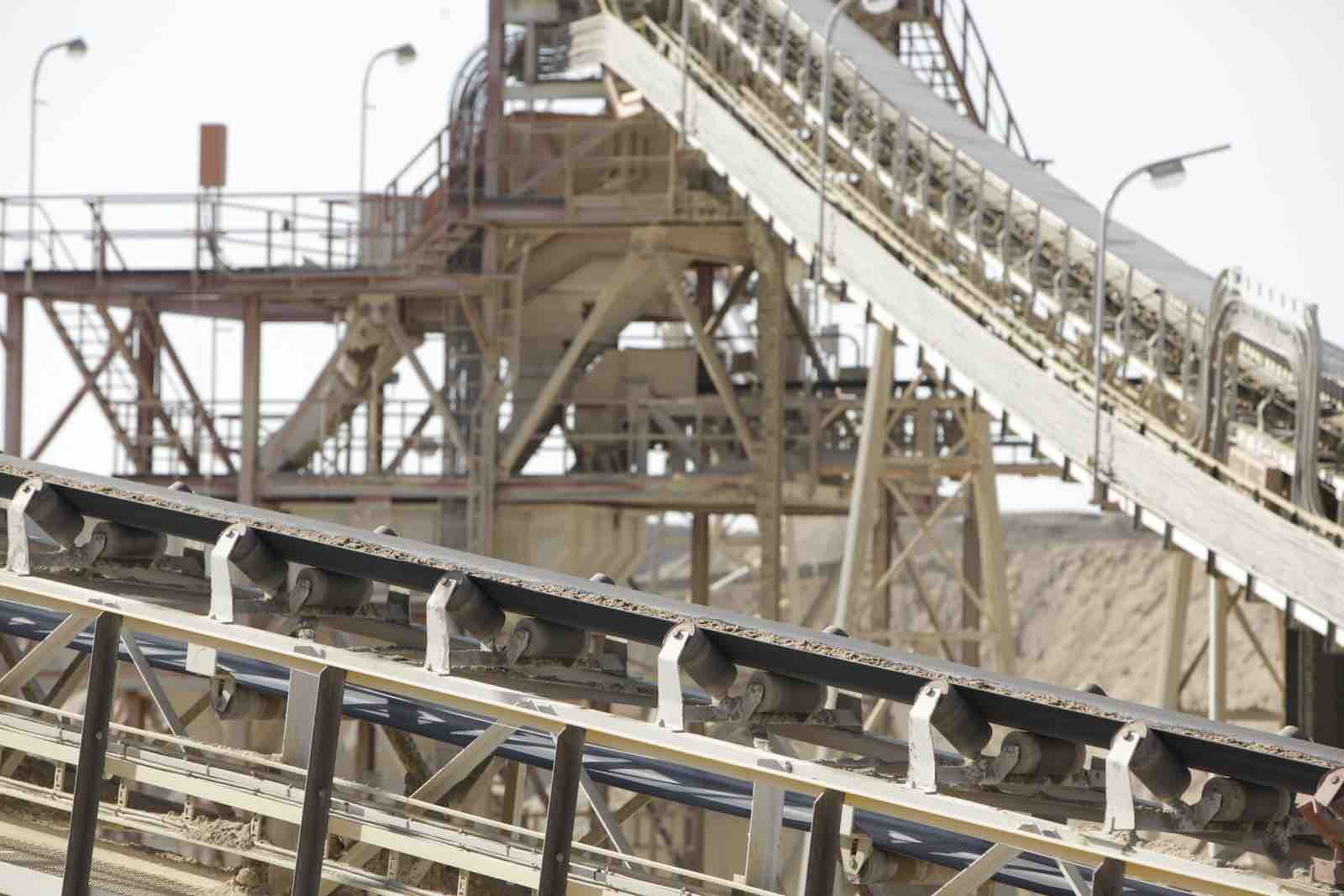
Silica dust awareness is becoming more and more popular in the community enabling more conversations about its dangers, where it is generated and what can be used to eliminate silica dust at its source. Our goal here is to understand areas of concern for silica dust in open cut hard rock mining and how GRT provides a unique solution for each problem. Open cut mining, whether it is hard rock, quarrying or coal is a dusty process. All respirable dust is hazardous, however silica dust is particularly toxic. Silica dust is the pulverized fine particles of a very stable compound of silicon and oxygen. Silicon and oxygen are bound by silicon-oxygen bonds to form polymorphs forming crystalline silica. Quartz is the most common form of crystalline silica in nature.
Silicosis is a lung disease caused by inhalation, retention and pulmonary reaction to crystalline silica and when it becomes symptomatic, the primary symptom is usually difficulty in breathing and shortness of breath, first noted with activity or exercise and later as the functional reserve of the lung is also lost it happens at rest. The parent rock in most ore bodies contains some level of crystalline silica. The level in the ore body can vary widely depending on the geology of the area. Inhalable particles settle in the upper levels of the respiratory system whereas respirable particles are so fine that they are invisible. The areas of concern for silica dust are mainly at the mining site but can extend to communities within the vicinity of mining activities.
1) Blasting operations – significant dust is generated from the blast itself which can spread over a long distance. Dust can also become airborne from wind, traffic and even just the movement of staff as they walk around and work in the blast pattern area. Blast pattern dust control can be achieved using GRT: DC Binder which binds very fine respirable silica dust which causes silicosis.
2) Communities within the vicinity of mining operations – dust is generated from several processes happening in the open cut mine and haul road transportation is one of the major contributors. Communities tend to bear the brunt of the dust generated from haul road operations at the open cut hard rock mining site. Haul road dust control can be achieved using GRT Haul-Loca liquid polymer added to the watering trucks. It binds fugitive dust particles preventing them from being airborne dust.
3) Conveyors and materials handling – conveyor belts transporting ore and overburden out of the mine generate a lot of silica dust. This particularly happens at transfer points which are also final discharge points on the conveyor system. GRT Activatesuppresses dust by wetting the material to an optimal moisture content, preventing fines from being carried off into the air, orto the air above the material. The binding effect returns airborne fines to the material bed with the incentive of the material not having to be handled again.
4) Crushing and screening of materials – primary and secondary crushing plants and sizing screens found in processing plants can be significant sources of dust. GRT Activate is used to super-activate water sprayed to control dust in material crushing operations. The super-activated water to overcome this behaviour causing the water to immediately coat even airborne particles, forcing them to drop out of suspension in the air.
5) Drilling operations – dust exposures can occur when drilling and general preparation of a blast pattern in a mine. Dust can be released from the drill process as drill cuttings and shavings. In addition, nearby mobile equipment movement such as stemming trucks, heavy and light vehicles contribute to dust generated during drill operations. Drill and blast dust control can be performed using GRT: 12X which super-activates drill water so it saturates and captures the fine, hazardous dust drilling can generate, preventing it from becoming an airborne hazard.
6) Operation of heavy mobile equipment in the mine – heavy mobile and operating equipment such as haul trucks, excavators and exploration drill will all generate dust in an open cut mine. The design and maintenance of the cabin is critical to protect the driver’s health. Waterless GRT: Wet-Loccan be used on surfaces that handle the heaviest traffic and GRT: Haul-Loccan be utilized with existing watering systems for haul road dust suppression.
7) Stockpiling and sample preparation areas – stockpiles can be sources of dust as material is deposited from the stacker and dust blows off the stockpile by the wind. The dust generated also depends on whether it is a dead stockpile or a live stockpile that is actively being worked on. Polymer technologies that create a crust or film over the exposed surface eliminate wind and water erosion. GRT offers readily available products such as GRT: Ore-Loc, GRT: Soil-Loc, and for longer-term management GRT: Enviro-Binder is utilized.
Exposure to silica dust is dangerous to human life, it is a matter of fact and not fiction. Failure to deal with dust at its source is gambling with human life and unfortunately the stakes are very high as this is a matter of life or death. These 7 areas of concern all have GRT product solutions that offer health and safety in protecting lives. So, are you willing to risk lives of your workers and communities within the vicinity of your open cut mining operation? Reach out to GRT with your site-specific problems and let our expert engineers help you to save lives through a sound dust management plan.
Your feedback is important to us. If you enjoyed reading this Global Road Technology industry update and found it informative, please let us know by leaving a REVIEW.
REFERENCES
Australian Institute of Occupational Hygienists. Retrieved 04/07/21.
Breathe Freely Australia. Retrieved 04/07/21.
The Chartered Society for Worker Health Protection. Retrieved 04/07/21.
Are environmental regulations, health and safety concerns or potential profit loss a concern right now?
Contact Us Now